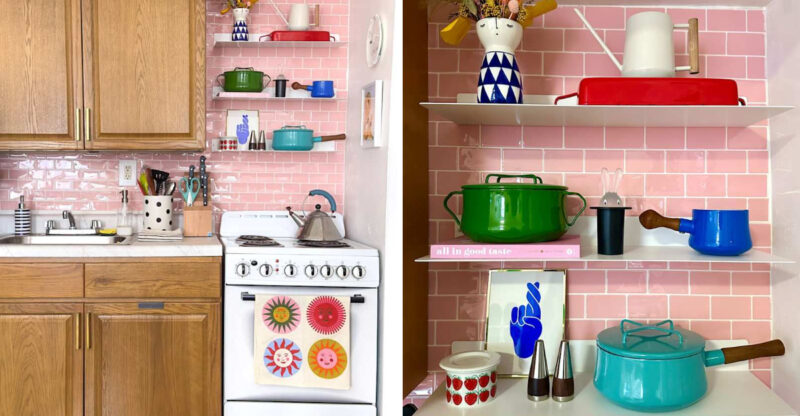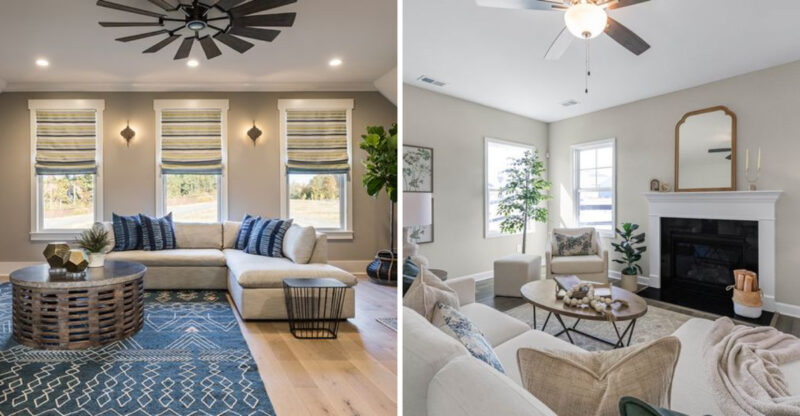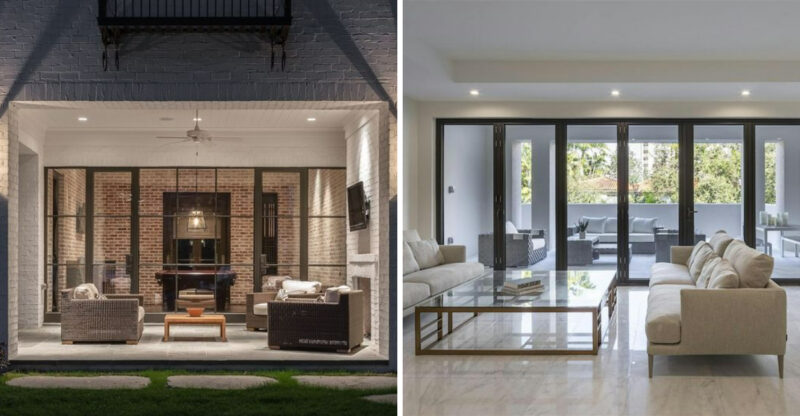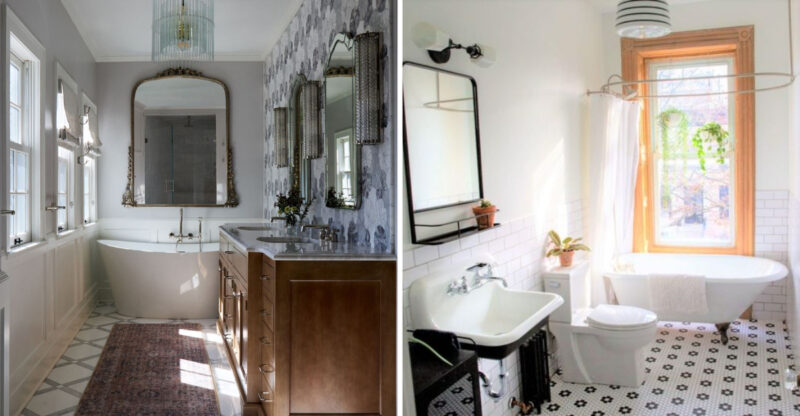7 Objects You Might Want To Remove From Your Home And 6 Designers May Favor
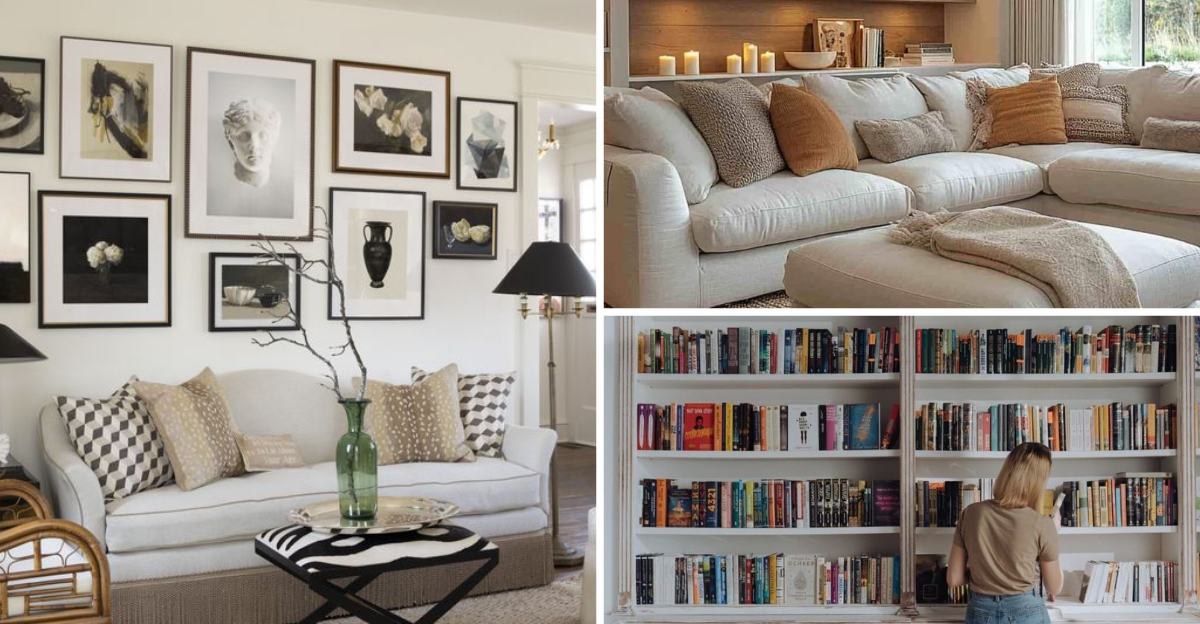
Our homes tell stories about who we are and what we value. Over time, we collect items that might no longer serve us well or match our evolving style.
I’ve put together a guide highlighting seven items you might want to reconsider keeping, plus six designer-approved alternatives that could elevate your space.
These suggestions will help you transform your home into a more functional and aesthetically pleasing environment.
1. Cluttered Coffee Tables
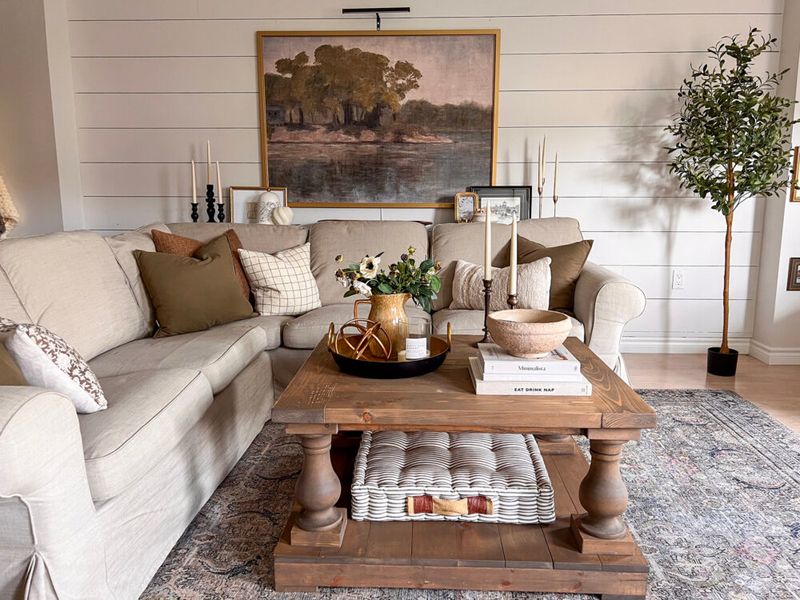
Magazines from three years ago, remote controls, and random knickknacks have turned your coffee table into a chaotic catchall. This central piece of furniture should be a statement, not a storage unit for daily debris.
When guests visit, they notice this focal point immediately. A messy table creates visual noise that can make even a clean room feel disorganized. Plus, constantly moving piles around just to set down a cup of tea gets frustrating fast.
If you’re keeping items for actual use, consider decorative boxes or baskets that slide under the table instead. For a refreshed look, limit yourself to three intentional objects perhaps a beautiful book, a candle, and a small plant.
2. Worn-Out Sofas
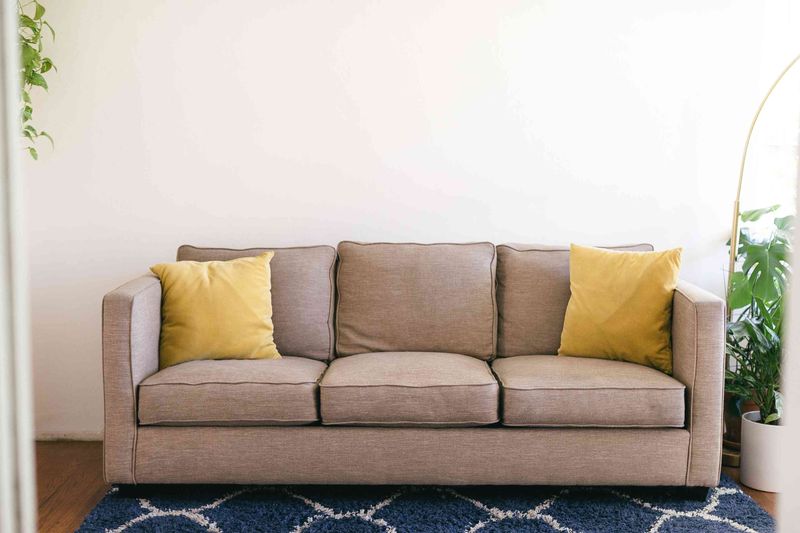
That sagging sofa with the mystery stain has served you well through countless movie nights and impromptu naps. However, its compressed cushions and frayed arms are now bringing down your entire living room’s appeal.
Furniture pieces experience natural wear, but when a sofa starts resembling a hammock in the middle, it’s not just unsightly it’s actually bad for your back. The structural integrity affects your comfort and posture daily.
Before tossing it completely, consider if it’s worth reupholstering. Many quality frames can be saved with new cushions and fabric. If not, remember that donating usable furniture to shelters or second-hand stores gives it a meaningful second life rather than ending up in a landfill.
3. Broken Lamps
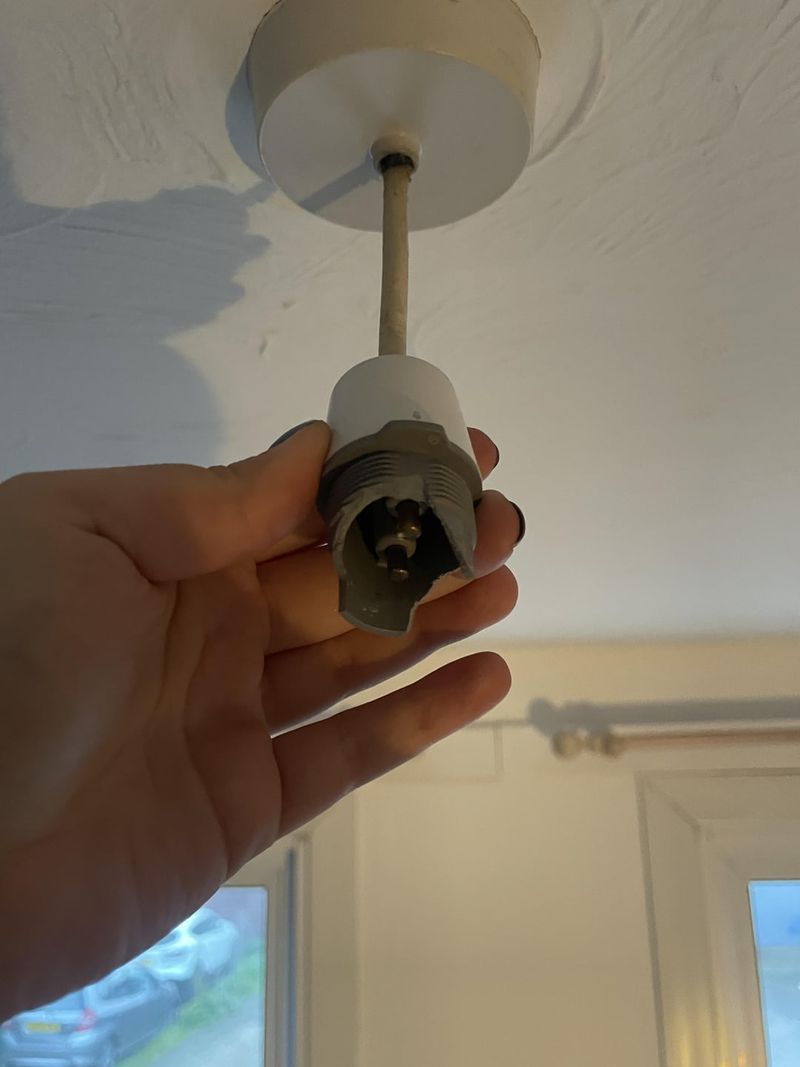
That quirky lamp with the wobbly base and flickering light might seem like a minor issue, but it’s actually a safety hazard hiding in plain sight. Electrical problems can cause fires, and unstable lamps might topple over, especially in homes with children or pets.
Many of us keep broken lamps thinking we’ll fix them someday. Let’s be honest if it’s been broken for months, that repair probably isn’t happening. Faulty wiring isn’t something to ignore, and constantly jiggling switches or plugs is more than just annoying.
Hardware stores offer simple lamp repair kits if the piece has sentimental value. Otherwise, replacing it eliminates a daily frustration while potentially lowering your electric bill, as newer models are typically more energy-efficient.
4. Faded Area Rugs

Sun exposure has turned that once-vibrant rug into a washed-out shadow of its former self. The high-traffic paths are now visible trails, and mysterious stains have become permanent features despite your best cleaning efforts.
Rugs anchor rooms and define spaces, making them incredibly important to your home’s overall feel. When they’re faded and worn, they drag down the entire room’s energy. Though good quality rugs can last decades, even the best ones eventually reach their end.
If you’re attached to the pattern, take a photo before discarding it. This helps when shopping for a replacement with similar vibes. For rugs with minor wear, rotating them regularly or repositioning furniture can extend their life by distributing traffic patterns more evenly.
5. Outdated Wall Art
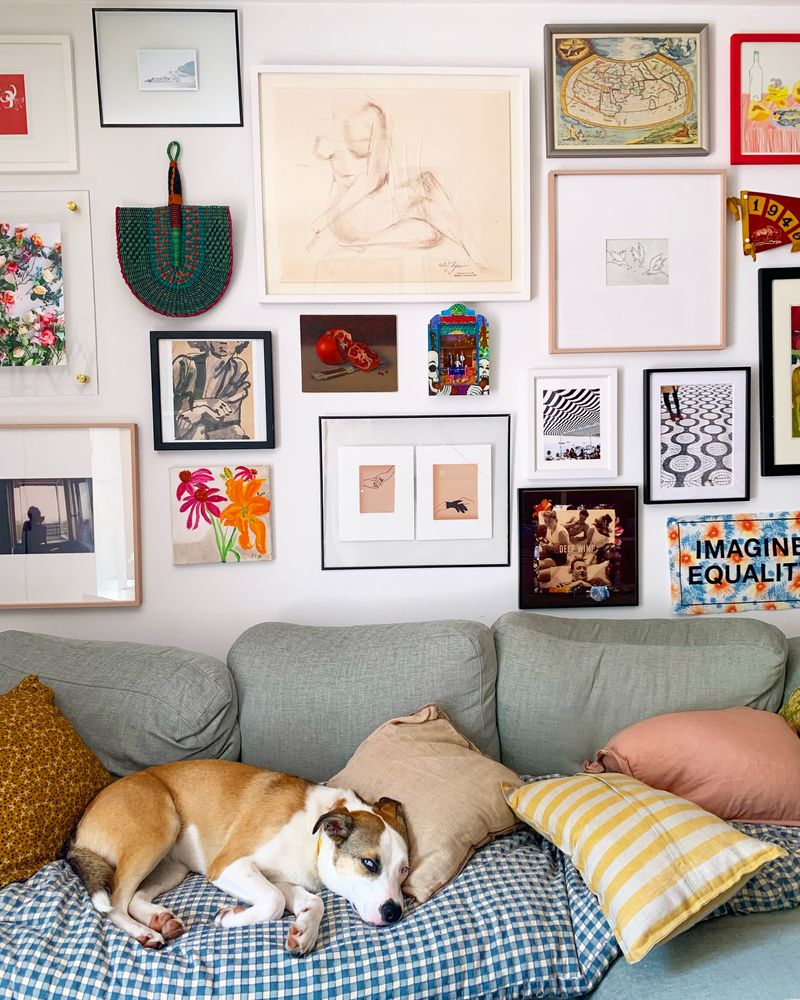
Those mass-produced prints you grabbed during college might have served you well, but generic inspirational quotes and faded posters no longer reflect your evolved taste. Wall art makes one of the biggest statements about your personality and style preferences.
When visitors enter your home, their eyes naturally scan the walls. Outdated or mismatched art can make spaces feel disconnected or stuck in a time warp. Art should resonate with who you are now, not who you were a decade ago.
Before removing everything, take photos of your current arrangement. This helps visualize new possibilities while preserving the memory. Consider creating a gallery wall with meaningful photos, or invest in one statement piece that truly speaks to you rather than several forgettable ones.
6. Bulky TV Stands
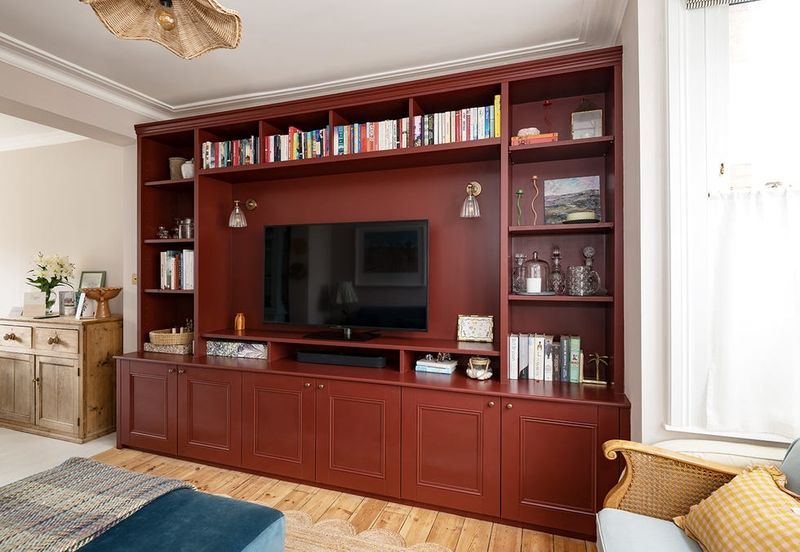
Remember those massive entertainment centers designed for tube TVs? If you’re still housing your sleek flat-screen on a bulky wooden behemoth, you’re wasting precious floor space. These oversized pieces were designed for technology that no longer exists.
Heavy, dark entertainment units can make rooms feel smaller and more crowded than they actually are. They often feature unused DVD storage compartments and cable management systems for equipment we’ve long since replaced with streaming devices.
Wall-mounting your TV creates a cleaner look while freeing up floor space. If mounting isn’t possible, consider a streamlined media console that matches your actual storage needs. Bonus: removing bulky furniture makes cleaning easier since there are fewer dust-collecting corners and crevices to navigate.
7. Overstuffed Shelving
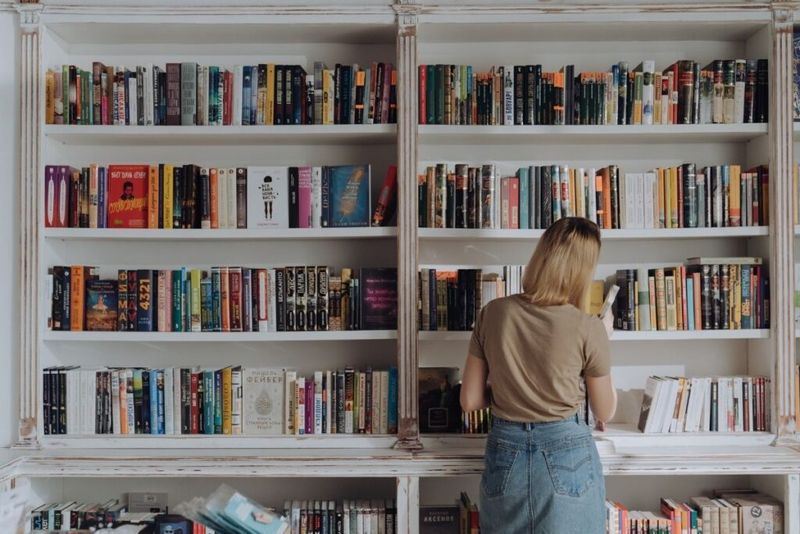
Books stacked horizontally on top of vertical rows. Figurines crowded together so tightly they’re practically having a party. Your shelves have become more storage than showcase, and it’s time for an honest edit.
When shelves contain too many items, nothing gets proper attention or appreciation. The visual chaos creates a subtle but constant stress in your environment. Plus, dusting becomes nearly impossible, leading to allergen buildup that affects your health.
Try the box method: remove everything, then only return items that are meaningful or beautiful. If something hasn’t been touched in years and doesn’t spark joy when you hold it, thank it for its service and let it go. The resulting negative space will actually highlight your favorite pieces better.
8. Minimalist Side Tables
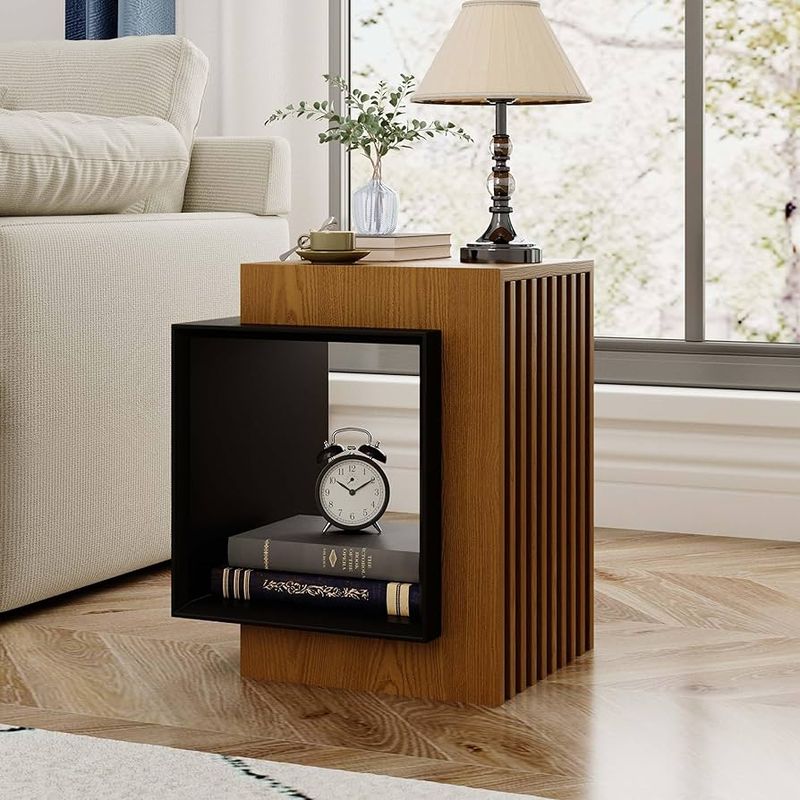
Designers frequently recommend sleek side tables that deliver both function and style without overwhelming your space. These understated pieces create balance in rooms where larger furniture takes center stage.
The beauty of minimalist side tables lies in their versatility. They can feature slim metal frames with glass tops for an airy feel, or solid wood with clean lines for warmth. Many incorporate clever storage solutions like hidden drawers or shelves while maintaining their streamlined appearance.
When selecting these pieces, consider how they’ll be used daily. A proper height (generally level with sofa arms) ensures drinks can be set down comfortably. Materials should complement your existing decor while being practical water-resistant surfaces work best for tables that will hold beverages regularly.
9. Neutral Sectional Sofas
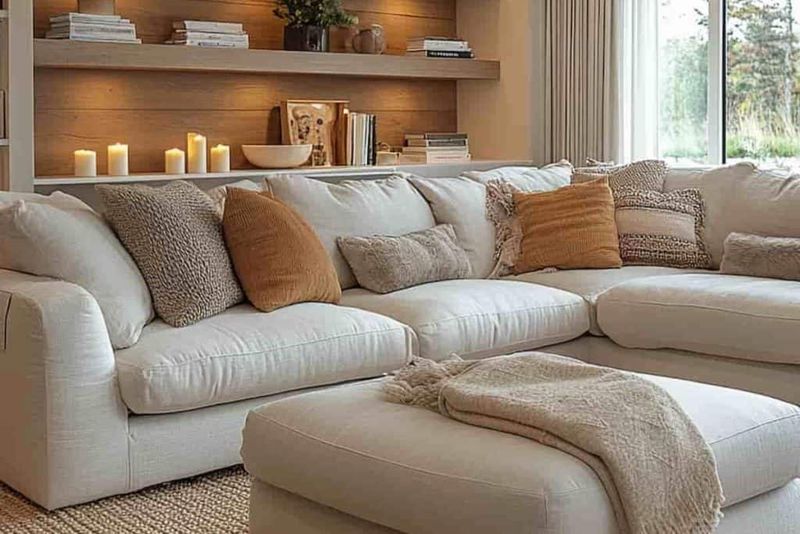
Interior designers consistently favor neutral sectionals as versatile anchor pieces that adapt to evolving styles. Unlike their boldly patterned counterparts, these sofas in creams, grays, or taupes create a timeless foundation that won’t feel dated next season.
The genius of neutral sectionals lies in their flexibility. They accommodate various living arrangements while maximizing seating. Performance fabrics have revolutionized these pieces, offering stain resistance that makes even light colors practical for families with children or pets.
If worried about blandness, remember that neutral doesn’t mean boring. Designers add personality through textured fabrics like bouclé or linen, and use pillows and throws for seasonal color. This approach allows for refreshing your look without replacing major furniture simply swap accessories when you crave change.
10. Sleek Floor Lamps
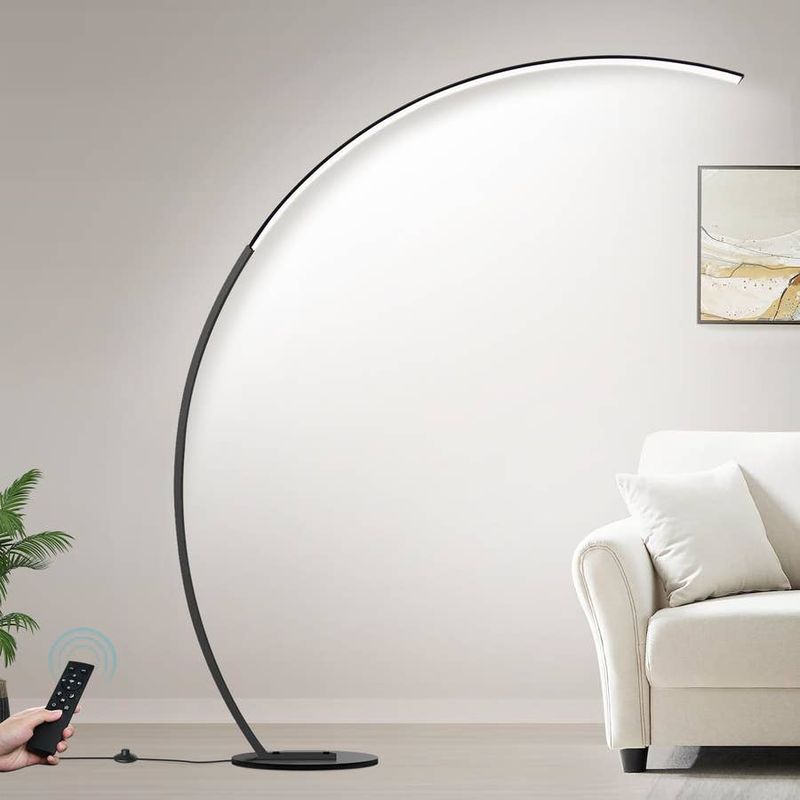
Designers consistently select architectural floor lamps that double as functional sculptures in well-designed spaces. These statement pieces draw the eye upward, creating vertical interest while providing essential task lighting where overhead fixtures can’t reach.
Modern floor lamps often feature adjustable arms or heads that direct light precisely where needed. Materials like brushed brass, matte black, or polished nickel elevate these practical items into design elements that complement rather than compete with your furniture. Many incorporate smart technology, allowing brightness adjustment through apps or voice commands.
When positioning these lamps, designers recommend placing them in conversation areas where reading happens or dark corners that need brightening. The best placement creates triangulation of light sources at different heights, eliminating harsh shadows and creating the warm, layered illumination that makes spaces feel inviting.
11. Clean Area Rugs
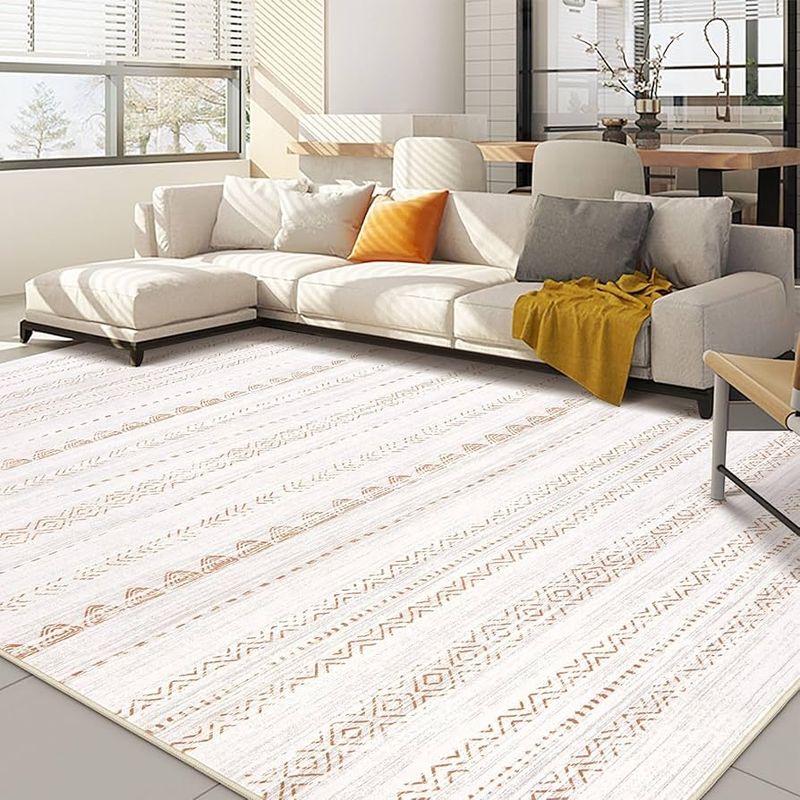
Professional designers frequently select clean-lined area rugs that define spaces without overwhelming them. These foundational pieces anchor furniture groupings while adding subtle texture and warmth underfoot.
Unlike heavily patterned alternatives, these designer favorites typically feature minimal designs, monochromatic palettes, or subtle geometric patterns that won’t compete with other elements. Natural fibers like wool, jute, or sisal bring organic texture while synthetic blends offer practicality for high-traffic areas or homes with children and pets.
The proper sizing makes all the difference – designers typically choose rugs large enough that furniture front legs rest on them, creating cohesive conversation areas. Layering is another designer technique, where smaller statement rugs sit atop larger neutral bases, adding dimension while protecting investment pieces from wear patterns.
12. Curated Wall Art
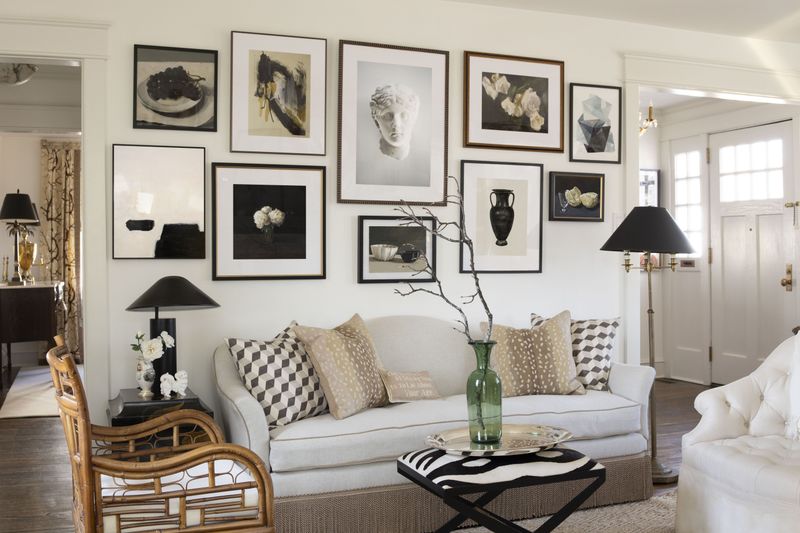
Thoughtfully selected artwork transforms ordinary walls into personalized galleries that tell your story. Designers favor curated collections over random accumulations, focusing on pieces that evoke emotional responses rather than simply filling space.
Quality trumps quantity in designer-approved art displays. A single large-scale piece often creates more impact than multiple smaller works competing for attention. When grouping art, professionals consider relationships between pieces complementary colors, thematic connections, or similar framing styles create cohesion even among diverse works.
Proper hanging height dramatically affects perception. Designers typically center pieces at eye level (approximately 57-60 inches from the floor), creating a museum-like viewing experience. Lighting art properly with picture lights or well-placed sconces elevates the presentation further, highlighting textures and colors that might otherwise go unnoticed.
13. Open Shelving Units
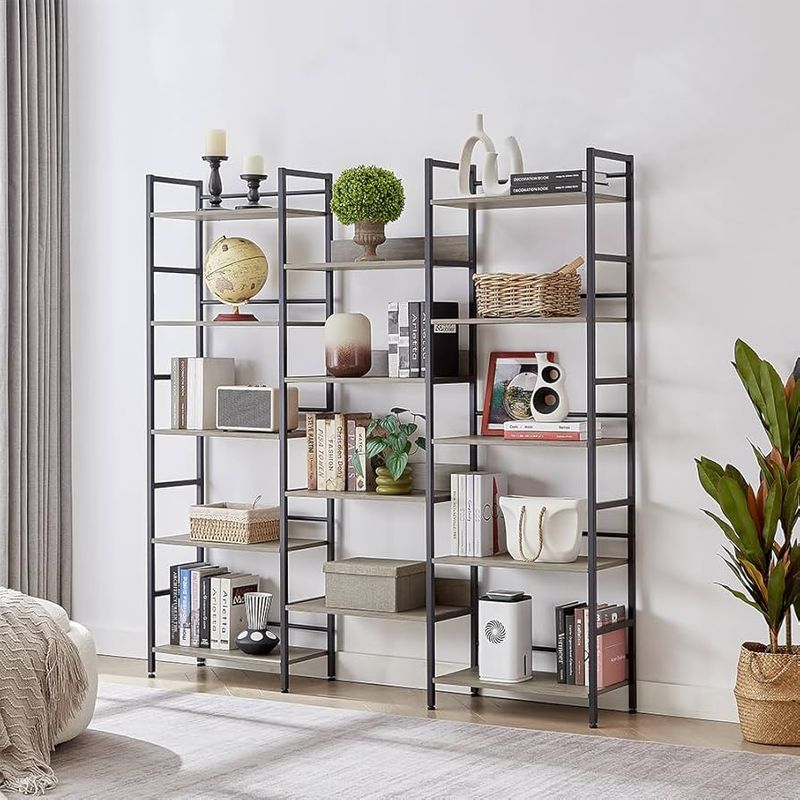
Designers embrace open shelving for its ability to combine storage with display opportunities. Unlike closed cabinets, these architectural elements add depth while showcasing carefully edited collections that reflect personality and style.
The secret to successful open shelving lies in restraint. Professional designers arrange items with ample breathing room, typically grouping similar objects while varying heights and textures. This curated approach transforms everyday items into artistic compositions. Color coordination (either matching or intentionally contrasting) creates visual harmony across shelves.
Materials matter tremendously in these exposed storage solutions. Designers select substantial shelving in natural woods, glass, or metal that complements existing architecture. Installation details receive careful attention floating shelves create a modern, seamless look while industrial-style brackets can become intentional design elements that add character to otherwise simple walls.



